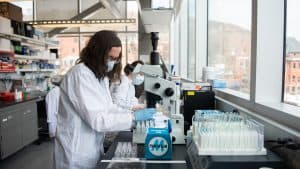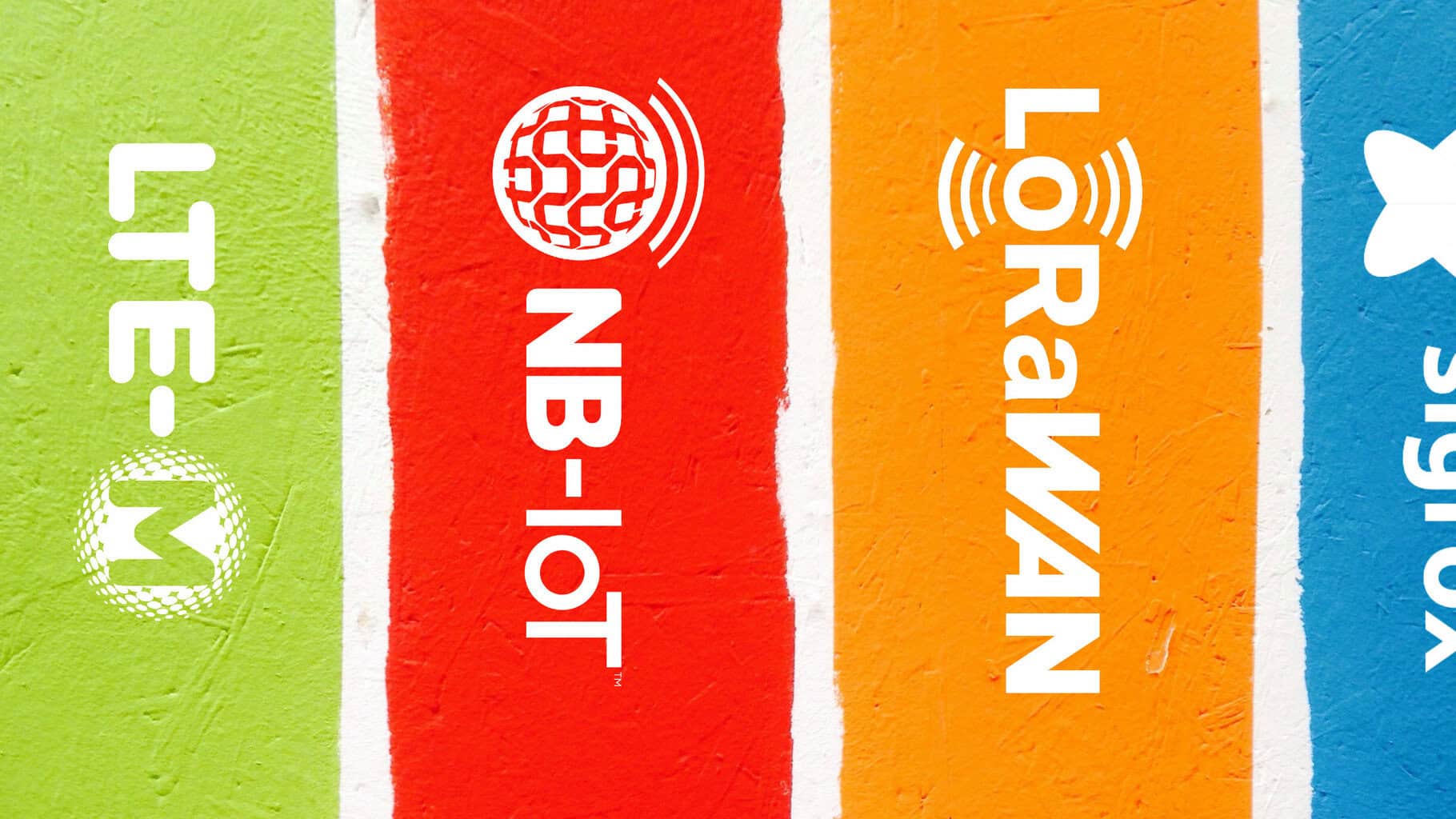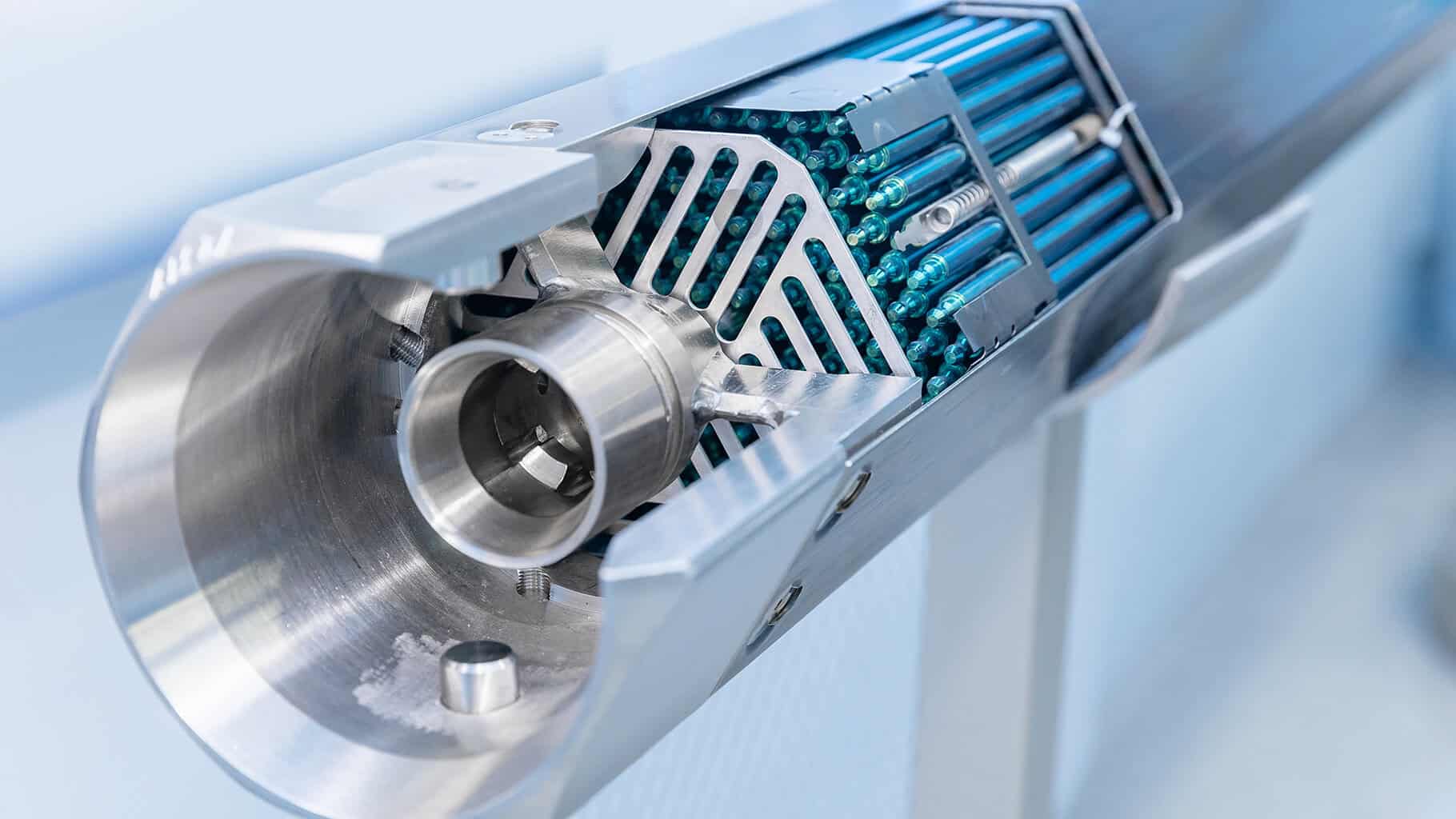Discover how the UK electronics industry is poised for a revolutionary transformation with the advent of the AI Hub for Productive Research and Innovation in Electronics (APRIL). This groundbreaking initiative aims to leverage Artificial Intelligence (AI) to accelerate the development of crucial electronic components, paving the way for faster, more cost-effective, and eco-friendly electronics. Led by renowned experts like Professor Themis Prodromakis and Professor Vihar Georgiev, APRIL focuses on five key pillars, including modeling, testing, and verification, to drive innovation across the semiconductor industry. Dive into the realm of AI-driven IC design and simulation, where cutting-edge techniques promise heightened performance and efficiency. Explore interdisciplinary collaborations and groundbreaking research endeavors that are reshaping the future of electronics on a global scale.

The UK electronics industry will benefit from AI thanks to the AI Hub for Productive Research and Innovation in Electronics (APRIL).
One of nine brand-new AI research hubs across the nation, APRIL, will create Artificial tools to hasten the creation of essential parts. New semiconductor materials, included circuits, intricate microchip designs, and system architectures are a few examples of these.
The study should result in faster, less expensive, more environmentally friendly, and generally more power-efficient electronics.
The Engineering and Physical Sciences Research Council, a division of UK Research and Innovation, has provided innovative funding for the new hubs totaling £80 million.
Professor Themis Prodromakis of Edinburgh’s Regius Chair of Engineering will be in charge of the APRIL AI research hub. The University of Glasgow intends to aid in the endeavors of the project as well.
The semiconductor innovation chain is made up of five major pillars.
Over the course of the semiconductor innovation chain, the research hub will be organized around five key pillars. The pillars are modeling, testing and verification, system and circuit design, and material discovery.
Professor Vihar Georgiev, Professor of Nanoelectronics at the University of Glasgow, will be in charge of the modeling work, which will serve as a bridge between all the work packages.
This hub is a very exciting opportunity to nurture fresh, cutting-edge breakthroughs for the electronics industry not only in the UK but also worldwide, according to Professor Georgiev, professor and leader of DeepNano Group at the University of Glasgow.
“I’m happy to lead the modeling activities and be a part of the APRIL research hub, which have the ability to increase productivity and innovation in the UK’s extremely valuable industrial sector.£
Work package for APRIL’s simulation and modeling
In order to create powerful electric twins, a team from Glasgow University, led by Georgiev, will contribute to APRIL’s simulation and modeling and AI-driven IC design work package. Under a variety of different circumstances, these will be able to simulate the performance of important semiconductor production systems.
Additionally, the team’s digital twins will be able to realize successful and powerful IC building block design automation.
The models will inform novel device design and fabrication techniques by utilizing data gathered through broad automated testing routines.
Compared to individual experts, AI-driven design techniques will produce higher performance with less design time.
Opportunities for interdisciplinary cooperation
To accelerate the rate at which new semiconductor technologies can mature to the point where they are useful for adoption in real-world designs, the AI research hub will use sophisticated AI in an integrated framework.
In addition to the five pillars, AI Hub for Productive Research and Innovation in Electronics (APRIL) will focus on five crucial capabilities that will make it possible to carry out the following tasks: system integration, data security, Artificial model selection, and data collection.
The structure established at the innovation chain’s intersection will encourage effective labor division and open doors for cross-disciplinary cooperation.










